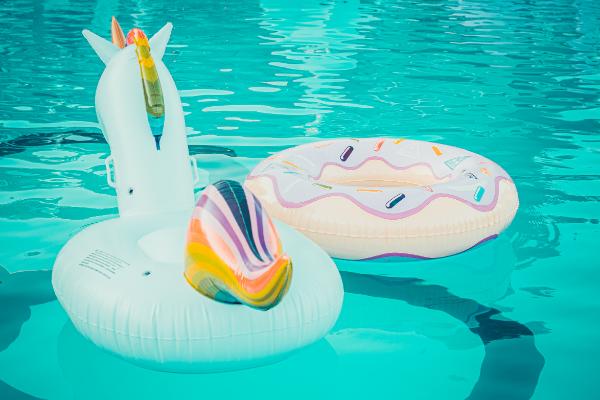How to Install Water Softeners?
Water softeners are an easy-to-install home improvement that can help you save money on your water bills, while also making the water in your home cleaner and better tasting. But you’ll need to know a little about how they work to install one correctly.
(Looking for “Water Softener Installation”? Contact us Today!)

How a Water Softener Works?
The water you use goes through your water softener, where it’s treated with chemicals that remove the minerals that make the water hard. This process is called ion exchange. The ions are replaced with sodium or potassium, resulting in “softened” water that’s safe to drink and use for bathing, cooking, cleaning and washing laundry.
Installation
The first step in installing a water softener is connecting it to your home’s main water supply. You can either hard-pipe the unit using rigid copper or PVC pipes, or connect it with flexible supply lines similar to those used on washing machines and hot water heaters. The type you choose will depend on your local building codes, the kind of pipe your home’s main water line uses and your personal preference.
Next, connect the water softener’s water supply lines to both sides of your home’s main water supply line. The inlet side should be connected to the main line where it enters your house and the outlet side should be connected to the water softener’s bypass valve. You’ll need to use the appropriate fittings and adapters for these connections.
Bypass Valve
A bypass valve is an important component of any water softener, as it lets you shut off the flow of water to the softener when you need to do maintenance or repairs on the softener itself. Most softeners have these built into the inlet and outlet, but you can also create your own if you prefer.
Bypass valves are available in a variety of sizes and come with clips to secure them. Push the valve into place on the back of your water softener and secure it with the included clips.
When the valve is pushed into place, the water should stop flowing through the softener and start flowing out the drain. You can then close the drain to stop any remaining leaking from the valve.
How to Install a Water Softener?
You can install a water softener yourself or hire an expert. Getting the job done right can save you time and frustration. But you need to have the correct tools, knowledge and expertise to get it done properly.
To get started, you’ll need to plan your project and buy all of the materials needed for it. Then, you’ll need to do some research on different water softener systems and decide which one is best for your needs.
Then, you’ll need to learn about the installation process and how to connect the unit to your home’s plumbing. If you’re not experienced with this, you’ll probably need to hire a professional plumber or electrician to do the work for you.
Once the system is installed, you’ll need to monitor the hardness level of your water and record daily meter readings and flow rates to keep track of how the unit is performing. Monitoring your system’s performance can help you identify any problems before they become serious, and it can also give you a good idea of how much salt to add on an ongoing basis.

